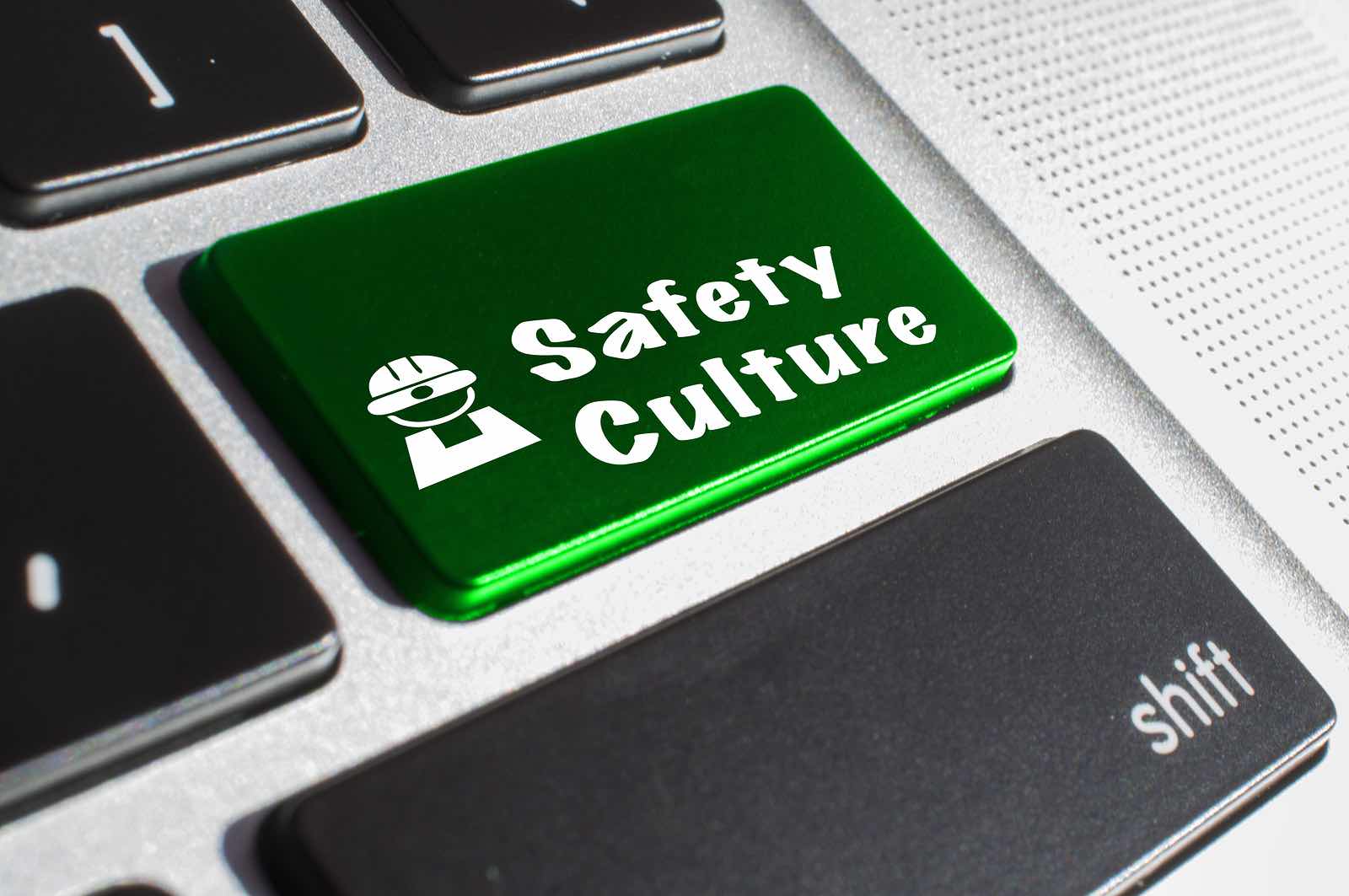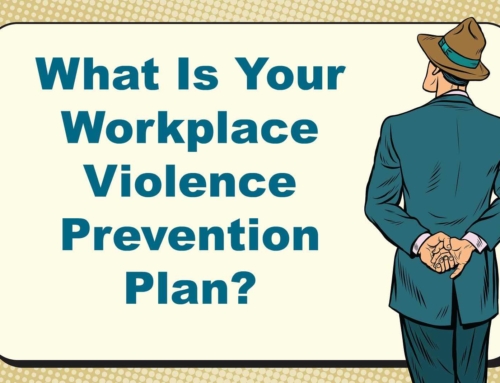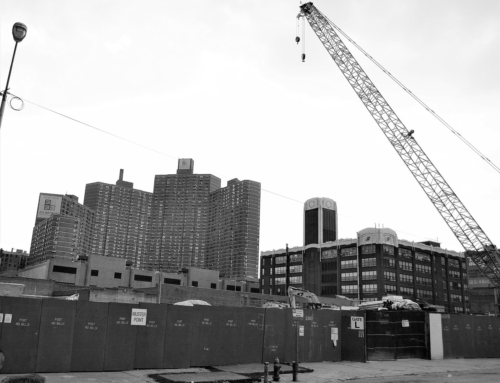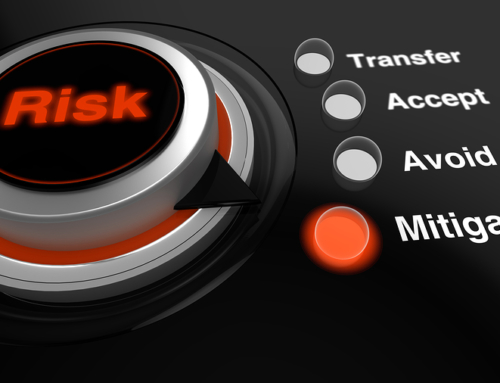This article gives leaders the foundation for respectful workplace training, harassment training, and workplace violence employee training. Fiore Group Training is a recognized leader in improving workplace environments with effective bullying and harassment training. If you are interested in learning more about implementing harassment prevention training or workplace violence prevention training in your organization, please read this article.
The topic of safety in the workplace shares a common theme with the television show Hill Street Blues. Hopefully there are others besides me that fondly recall the famous words Sergeant Phil Esterhaus used to end every shift briefing:
“Hey, let’s be careful out there.”
How many of you wish you had your own Esterhaus to remind your employers or employees to be careful? Or perhaps you are the Esterhaus of your workplace, trying to keep everyone safe and secure.
Whatever the case, it all boils down to this important question:
Do You Support a Culture of Safety at Work?
If you’ve been keeping up with my blogs, you’ll know that our mission here at Fiore Group Training is to create Incredibly Safer Workplaces. A bold goal, yes, but it’s what we’re absolutely committed to.
And the fact of the matter is, safety at work can look like different things to different people. Some may concern themselves more with physical safety, while others are focused more on psychological safety.
[bctt tweet=”Safety at work can look like different things to different people. Some may concern themselves more with physical safety, while others are focused more on psychological safety.” username=”fioretraining”]
But the truth is, they are equally important.
And of course, a safe workplace doesn’t magically arrive in our lives because someone says, “Make it so” like Captain Picard, or because someone creates a system of policies, rules, and standards alone.
No, a safe workplace is developed through the engagement of leaders, perhaps like Captain Picard if we’re lucky, who personally reach into the hearts and minds of their employees and supervisors to impact how decisions are made on a daily basis.
All of this adds up to a safety culture, not just policies in a book no one reads. And this culture is the result of a management that’s present—not just physically, but mentally and emotionally as well. When management is seen as fully engaged advocates and champions of a culture of safety, the company will follow, and measurable and remarkable results can be achieved!
When companies come to me to help them find ways to improve workplace safety, I advise them to integrate their safety message in all forms of communication.
But what exactly does this mean?
Well, at an executive level, it’s important to make the time to regularly communicate your vision and culture through planned meetings, written communications, and face-to-face interactions with your managers and employees.
And in turn, this high level of reliable communication between leadership and workforce will result in more trust, engagement, and motivation—all factors essential to a safe workplace culture.
But of course, building a safety culture doesn’t happen overnight. Just as Lao Tzu advised, “A journey of a thousand miles begins with a single step,” building a culture of safety is an evolution that will take time and commitment.
We must also remember that the safety industry has undergone a change of philosophy over the years.
It had previously been believed that when people got hurt both physically and psychologically, it was a result of unsafe acts and conditions.
Today, we know and accept that when people get ‘hurt,’ it’s because the management system allowed the hazard (or the situation that created the pain) to exist in the first place. Oftentimes, employees are even aware of the hazard but either think that it’s never going to cause a problem, or that it’s someone’s else’s job to fix it.
Let’s not forget Australian Army Chief, David Morrison’s wise words: “The standard we walk by is the standard we accept.”
So, how can we bring this standard up to a higher degree? Let’s take a look at Dan Petersen’s (a pioneer in the field of workplace safety systems) Six Criteria of Safety Excellence—a criteria that remains the industry standard in establishing a workplace safety culture, and an excellent resource for every business and organization that is building or enhancing their safety culture.
The Six Criteria of Safety Excellence include:
- Visible upper management commitment to safety
- Active middle management involvement in safety
- Focused supervisor performance
- Active hourly & daily participation throughout the organization
- A system that is flexible to accommodate the site culture
- A system that is positively perceived by the workforce
I hope that this simple list gives you a clear idea that the development and maintenance of a safety culture isn’t achieved by simply putting a bunch of brochures on the lunch room table with a sticky note telling employees to, “Take a look when you have some time!”
Hey, let’s be careful out there…







Leave A Comment